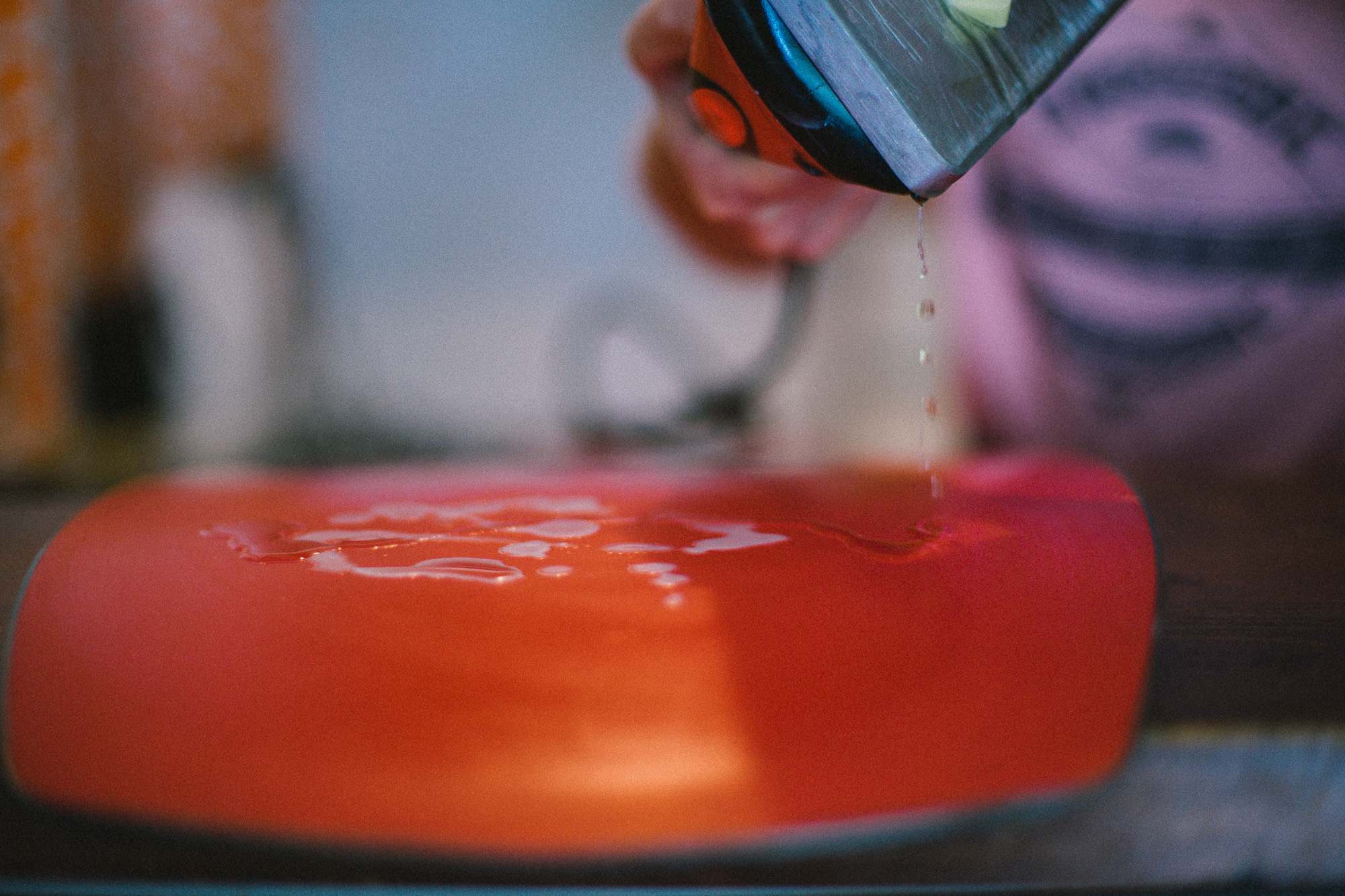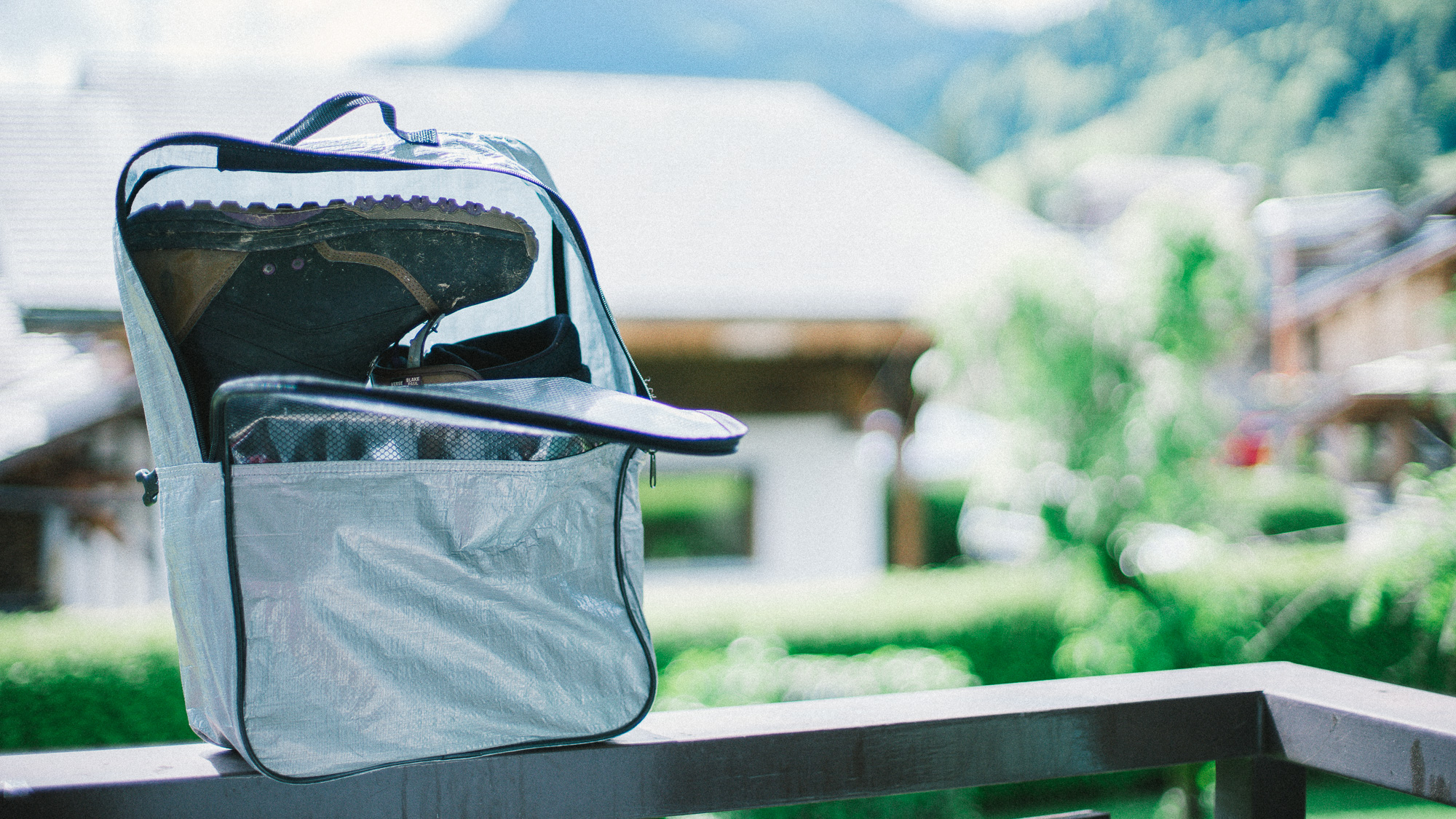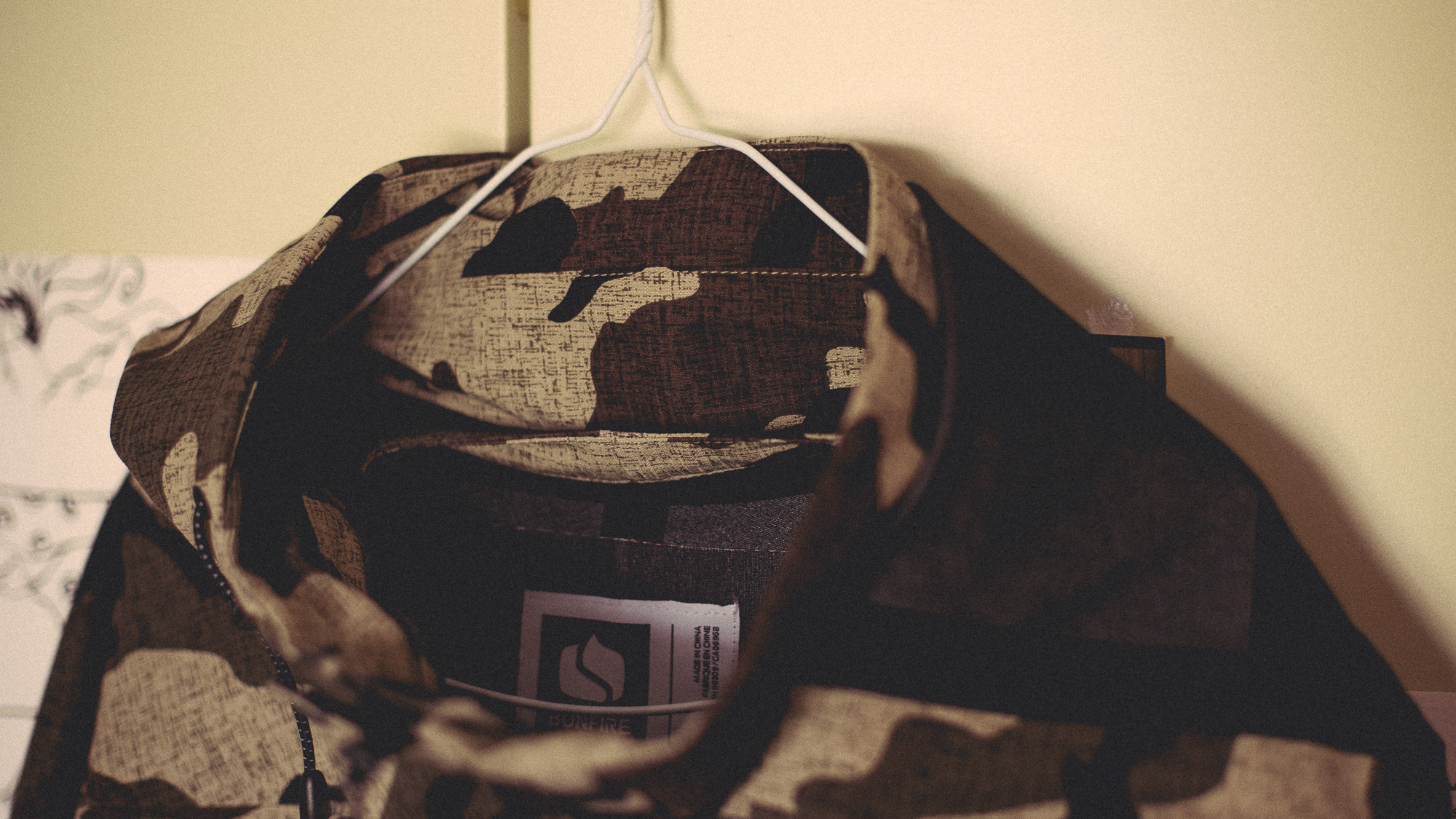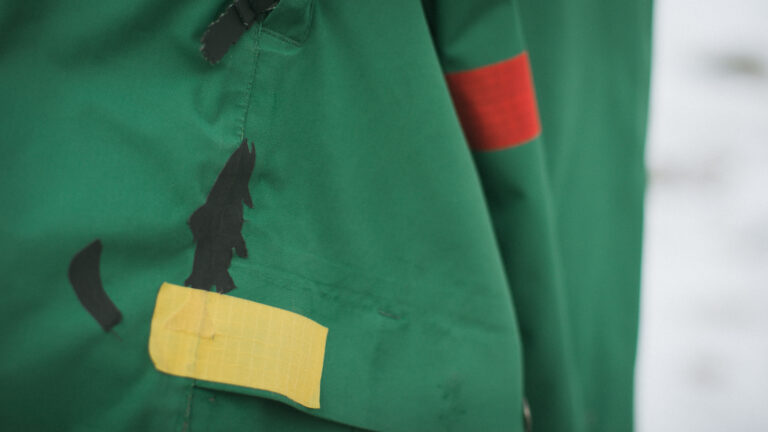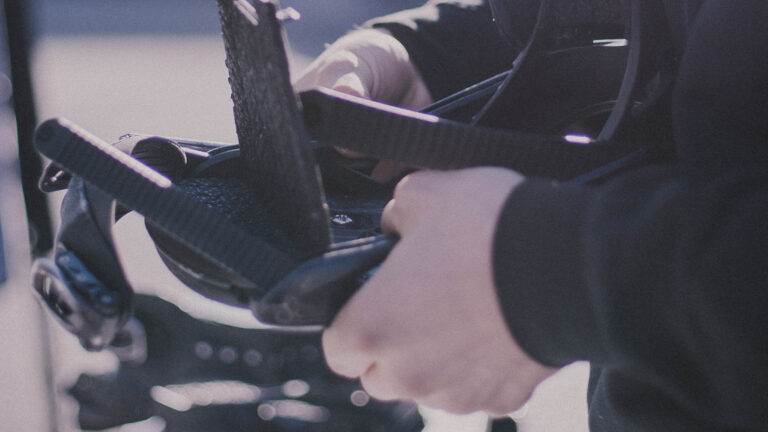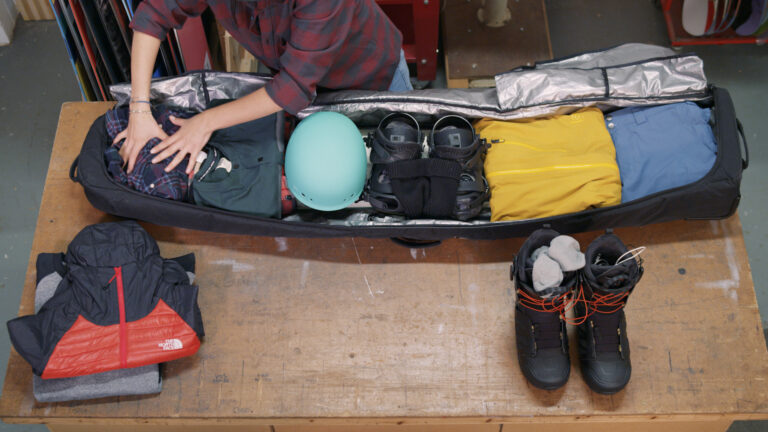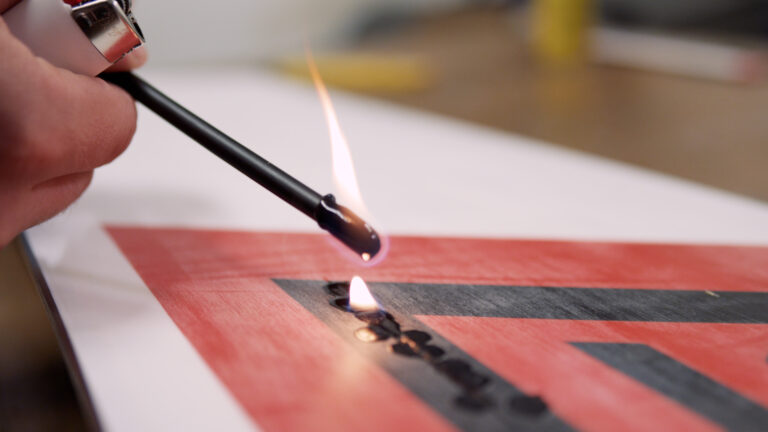Last trip of the winter done? As tempting as it is to drop everything and make a beeline for your skateboard/surfboard/mountain bike/road bike (age dependent), it’s worth taking a moment or two to give your snowboard a bit of summer lovin’. After all, it’s an expensive toy – you want to treat it right.
Whilst the temptation might be to keep all your kit stuffed in the board bag you brought it back in and bung it in a cupboard, there are a few steps you should take to ensure that when you pull it back out in December it’s in as good a shape as possible, so without further ado, here’s the Whitelines guide to storing snowboard gear.
“The temptation might be to keep all your kit stuffed in the board bag you brought it back in and bung it in a cupboard, but there are a few steps you should take”
Snowboard and Bindings
First things first: get those bindings off. Not only does that give you a chance to inspect them for wear and tear or cracking, but it’s best if they stay separate during the summer months to relieve pressure on the inserts from the screws. Once you’ve cleaned the bindings off – removing dirt and grime with a damp cloth – a good tip to keeping the screws from getting lost is to either keep them in the discs and in a bag kept with the bindings, or in the baseplate with the footbeds locked down to prevent them from coming loose.
Next up, you want to give the board itself as much TLC as possible, cleaning off all the dirt from both the base and topsheet, repairing any dings from spring rocks with P-Tex and filing off the rust from the edges. Now is also a great time to give your edges a tune up, as it’ll most likely be icy during pre or mid-season when you get it out and start riding again.
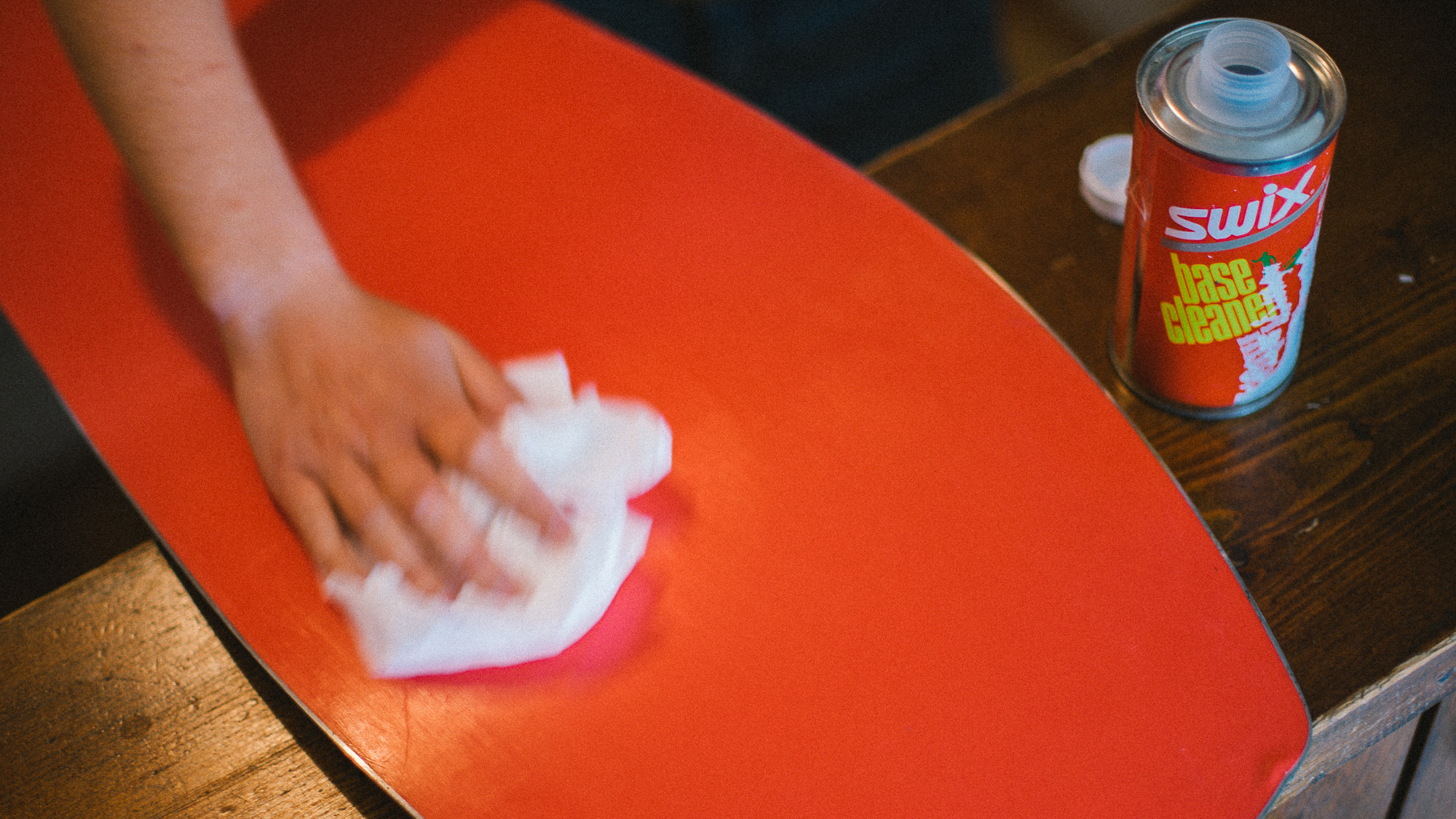
Now it’s time to go against your inner Miyagi and go wax on without the wax off. You may have already heard of a storage wax, essentially you want to coat the entire base with a liberal amount to stop it from drying out whilst also covering the edges to seal them against rust. We reckon it’s best to plan ahead and use a low-temperature wax that’ll be good for early winter conditions, that way you can scrape it down when you get to resort and will be good to go!
Finally, you want to store it away from direct sunlight to avoid any warping, and as it’ll most likely be out of sight there’s not many better places to keep it than in a padded board bag, securing it from any knocks and bashes whilst you’re rooting around your shed for tools or bike parts.

